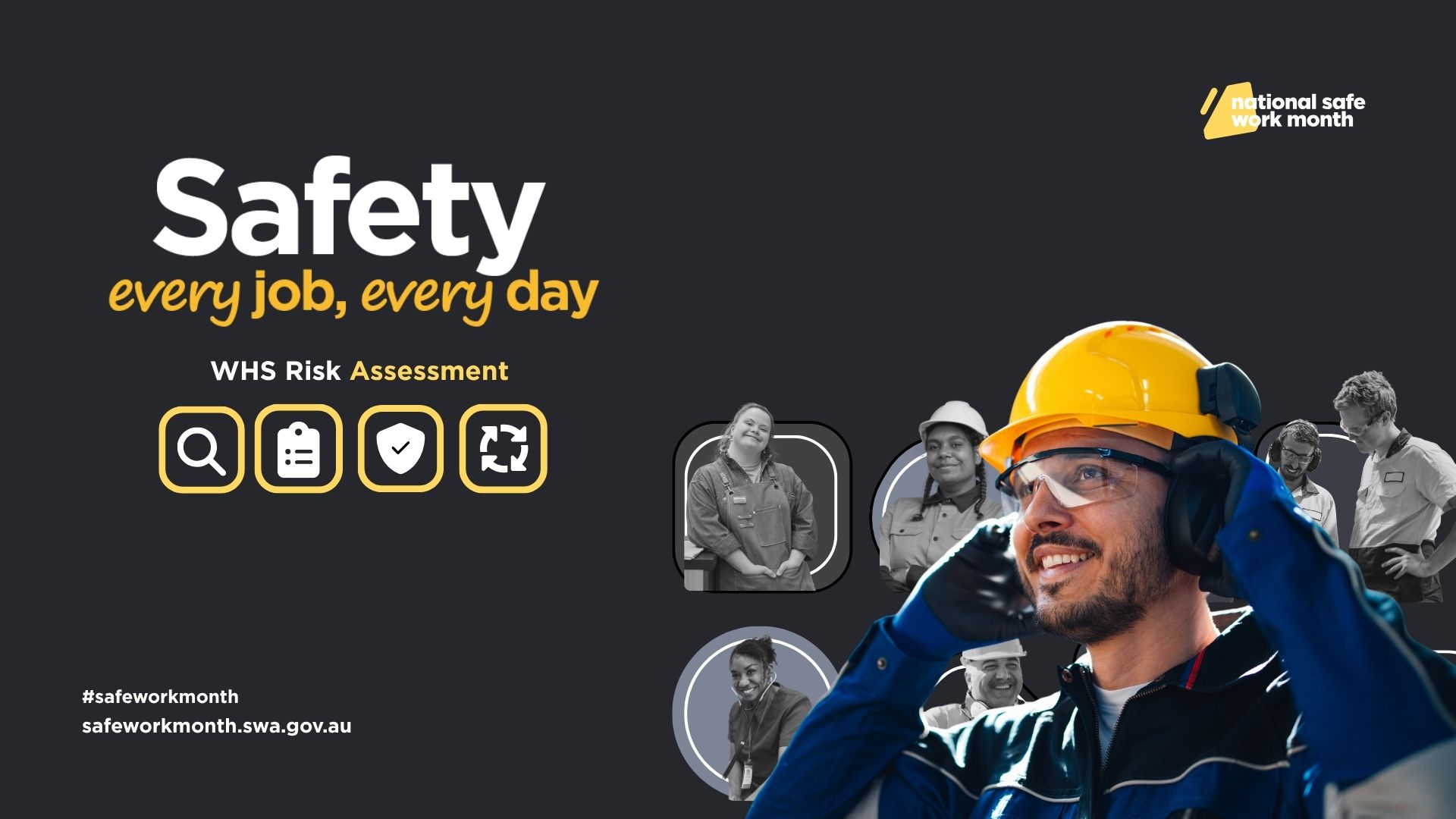Executives Falling Short on OHS Risk Management
Despite the fact industrial manslaughter laws now apply in most Australian jurisdictions, one third of executives say their senior managers and leaders are not responsible for managing OHS in their organisation.

Despite the fact industrial manslaughter laws now apply in most Australian jurisdictions, one third of executives say their senior managers and leaders are not responsible for managing OHS in their organisation.
Industrial manslaughter laws in Australia typically include considerable penalties for corporations and high-level managers.
Most recently, the industrial manslaughter provision that was added to the ACT’s WHS ACT includes maximum penalties of 20 years’ jail for individuals and $16.5 million for bodies corporate.
There has been similar laws recently legislated in Victoria, Queensland, Western Australia, and the Northern Territory.
As such, there is a legal liability on organisations and people, including C-suite executives and company directors, should their actions cause the death of an employee.
Despite this, recent research from SAI Global found 45% of employees say their organisations have not made adequate changes to prepare for new industrial manslaughter laws.
On top of this, an alarming one third of executives say their senior managers and leaders are not responsible for managing OHS risks within their organisation.
In its report, SAI Global said the highest-ranking leaders in an organisation must be actively and directly involved in the establishment, review of, and training around workplace safety systems to reduce their risk of personal liability and prosecution in case of a workplace fatality.
“Managing the safety of employees and customers is one of the most important risks all businesses must manage.”
“The most effective method of ensuring compliance with the new laws is certification to the latest international OHS standards. Thankfully, businesses say they will put 62% more resources (such as budget, time and people) toward employee health and safety than they have done previously.”
Larger companies have also taken more action than small/medium enterprises – only 29% of large enterprises (more than 1001 employees) say no improvements have been made by senior leaders to fully protect the organisation.





